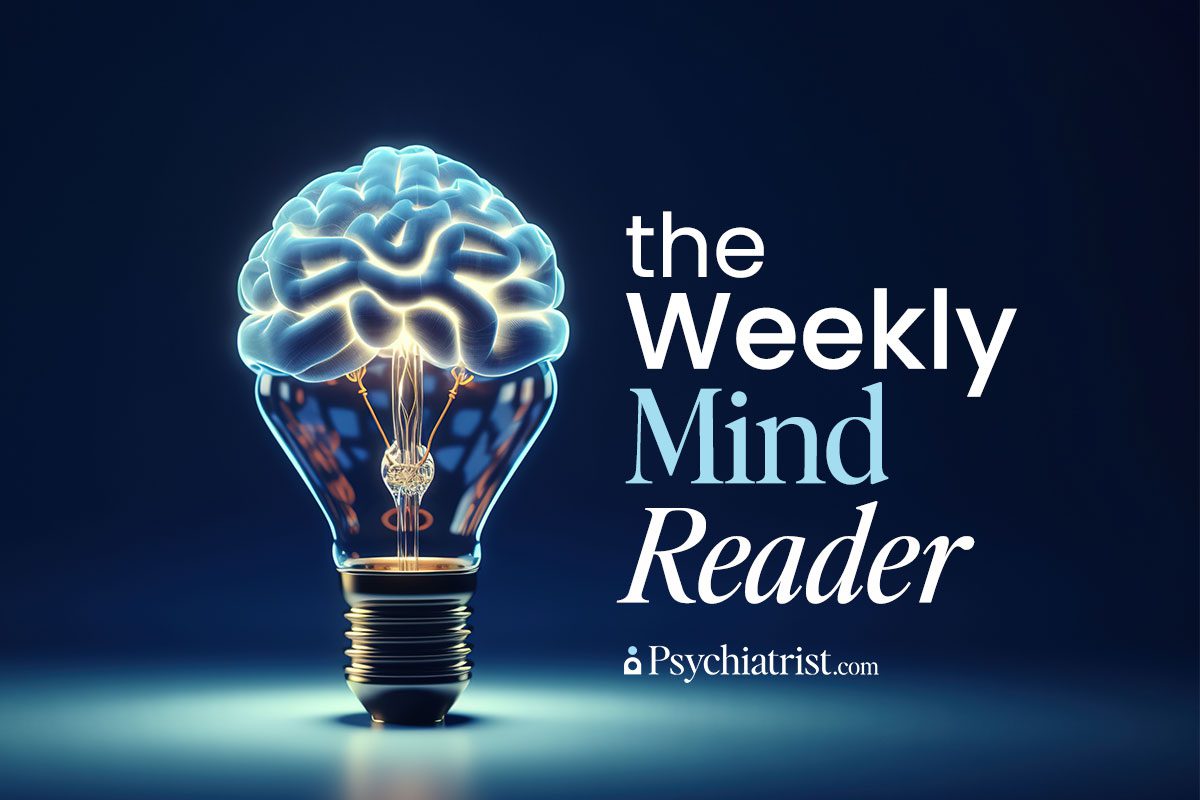Posttraumatic stress disorder (PTSD) remains a significant public health issue among U.S. military veterans, with multiple studies confirming a troubling prevalence rate. According to new research, the lifetime prevalence of PTSD among veterans far exceeds that of the general population. It affects nearly one in 10 veterans — which translates to more than 1.7 million Americans.

The study also emphasizes the increased risk tied to direct exposure to traumatic events, which is more likely to lead to PTSD and subsequent psychosocial difficulties compared to indirect exposure.
The Prevalence of PTSD Among Veterans
Results from the National Health and Resilience in Veterans Study (NHRVS) reveal that 9.4 percent of U.S. military veterans admit to struggling with PTSD at some point. Roughly 5 percent of them reported such symptoms within the previous month.
These rates remain notably higher than those observed in the general population, where lifetime PTSD prevalence ranges between 6.1 percent and 6.8 percent. The data suggest that PTSD remains a persistent issue within the veteran community, particularly among younger, female, and non-White veterans.
Factors Contributing to PTSD in Veterans
Military service inherently exposes individuals to a variety of potentially traumatic events (PTEs), dramatically boosting their risk of developing PTSD. While combat-related trauma is a well-documented cause, the research also points out that veterans endure a broader range of traumatic experiences. On average, veterans reported exposure to nearly nine different types of PTEs. Transportation accidents and natural disasters remain the most common.
The researchers found that direct exposure to traumatic events — where individuals personally experience the trauma — appeared to be the most reliable PTSD indicator. The team found that direct exposures were more strongly associated with PTSD symptoms compared to indirect exposures, such as witnessing or learning about a traumatic event from someone else.
Notably, the PTE type “serious injury, harm, or death caused to someone else” had the highest conditional probability of leading to PTSD, despite being one of the least commonly reported events.
The Burden of PTSD and Functional Impairment
PTSD not only threatens the mental health of veterans around the world, but it also significantly influences their daily lives and social functioning. The study revealed that veterans with PTSD experience higher levels of occupational and social impairment across multiple domains, whether it’s in romantic relationships, parenting, or simply self-care. This impairment is particularly pronounced in those who have experienced direct trauma.
Notably, the study also found that even subthreshold PTSD symptoms — those that fail to rise to the level of meeting the full criteria for a diagnosis — can also contribute to functional impairment. This suggests that veterans directly exposed to traumatic events could benefit from intervention, even without a formal PTSD diagnosis. The findings stress the need for comprehensive mental health support that addresses the full spectrum of trauma-related symptoms in veterans.
Implications for Future Research and Treatment
The study’s findings have important implications for both academics and practitioners. They highlight the need for vigilant surveillance, especially as demographics change. The higher prevalence of PTSD among certain groups, such as female and younger veterans, reinforces the significance of targeted mental health services.
Additionally, the research calls attention to the impact of direct trauma exposure on veterans’ mental health and functioning.
The researchers also suggested that future research should explore the underlying mechanisms that make direct trauma more likely to result in PTSD. The role of subthreshold symptoms in contributing to functional impairment also bears investigation. Developing and implementing effective interventions for veterans who’ve experienced direct trauma is crucial in mitigating the long-term effects of PTSD and improving their overall quality of life.
Conclusion
PTSD remains a pervasive, debilitating condition, with direct trauma exposure looming large as the most significant risk factor. As the veteran population continues to age – and evolve – it’s increasingly essential to address the unique mental health needs of this group through targeted research, surveillance, and clinical interventions. By doing so, caregivers can better support veterans in their journey toward recovery and reintegration into civilian life.


